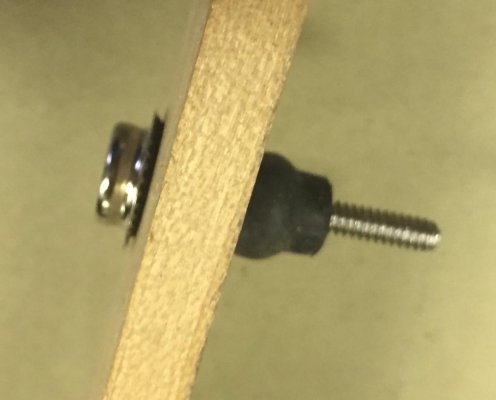dhays
Guru
- Joined
- May 26, 2015
- Messages
- 9,045
- Location
- United States
- Vessel Name
- Kinship
- Vessel Make
- North Pacific 43
I have 3 snap studs missing on the boat. I need to replace them. What would you use to bed them in the fiberglass? Butyl tape, 4200, something else?

 Bedding. sikaflex or butyl
Bedding. sikaflex or butyl
